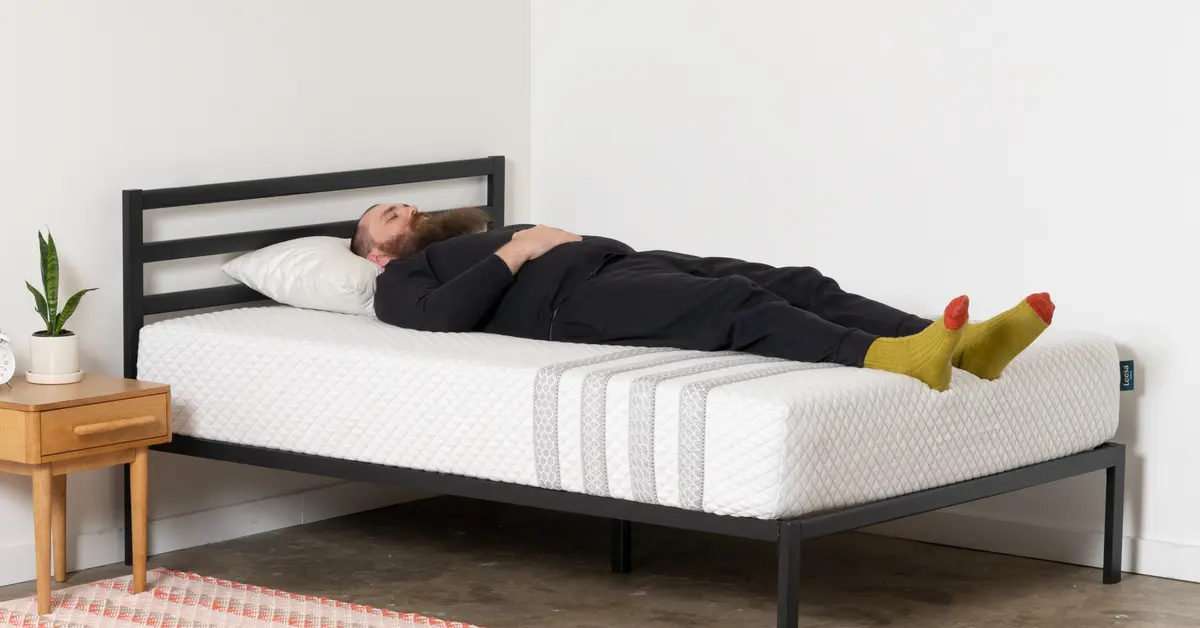Discover Comfort: Your Essential Guide to Choosing Mattresses for Lower Back Pain Relief
Discover how the right mattress can ease lower back pain in our expert guide! Understand how different materials and firmness levels impact your comfort and spinal alignment.


Understanding Lower Back Pain
Lower back pain is a common ailment affecting millions of people worldwide. It can result from various factors, including poor posture, muscle strain, or underlying medical conditions. For some, the condition is temporary, while others may experience chronic discomfort that significantly impacts their quality of life. Understanding the root cause of lower back pain is essential for finding the right solution, including selecting the appropriate mattress to alleviate symptoms.
The Importance of Choosing the Right Mattress
While there are various methods to manage lower back pain, choosing the right mattress can play a crucial role in providing relief and preventing further discomfort. A mattress designed to support spinal alignment can help reduce strain on your back and promote healthier sleep patterns. There is a wide array of mattresses on the market, each offering different features aimed at addressing specific needs related to back pain.
"The right mattress can help you maintain good posture and aid in a comfortable night's rest, which is necessary for back pain recovery."
Features to Look for in a Mattress for Lower Back Pain
Finding the right mattress involves considering several key features that contribute to improved support and comfort for those suffering from lower back pain:
Firmness
The firmness of a mattress is a major factor in determining how well it will support your lower back. A mattress that's too soft will allow the body to sink in, potentially causing misalignment of the spine. Conversely, a mattress that's too firm may lead to uncomfortable pressure points. Research suggests that medium-firm mattresses often provide a balance between comfort and support, promoting proper spinal alignment while cushioning pressure points.
Support
Support is closely related to firmness but focuses more on the mattress's ability to maintain an even surface and prevent the body from sagging. Quality support systems, such as innerspring or hybrid constructions with reinforced edges, can provide better support, helping alleviate pressure on the lower back.
Material
Memory foam and latex are popular materials for those with lower back pain due to their ability to contour to the body’s natural curves, supporting the spine's alignment. Latex is slightly springier and can feel firmer, while memory foam is known for its outstanding pressure relief and comfort.
Types of Mattresses for Lower Back Pain
With a clear understanding of important features, let's explore the different types of mattresses available that can cater to those suffering from lower back pain:
Innerspring Mattresses
These traditional mattresses are composed of steel coils that provide support. Many modern innerspring models include extra foam or padding layers to enhance comfort, offering the necessary support to alleviate back pain.
Memory Foam Mattresses
Known for their exceptional pressure relief and support, memory foam mattresses conform closely to the body, distributing weight evenly. This reduces pressure points, which can significantly benefit individuals with chronic back pain.
Latex Mattresses
Similar to memory foam, latex mattresses offer contouring benefits with a slight bounce. They tend to be more breathable than memory foam, offering a cooler sleep surface while still providing supportive properties crucial for back pain relief.
Hybrid Mattresses
Combining the support of innerspring with the comfort of foam or latex, hybrids offer a balanced sleep experience. They provide the pressure relief of foam and the structural support of coils, making them an ideal choice for back pain sufferers.
Additional Tips for Managing Lower Back Pain
Apart from choosing the right mattress, managing other lifestyle factors can contribute to alleviating lower back pain. Here are some additional tips:
- Posture: Maintain good posture during the day when sitting or standing to reduce strain on your back.
- Exercise: Regular low-impact exercises, such as walking, swimming, or yoga, can strengthen back muscles and promote flexibility.
- Sleep Position: Sleep positions can impact spinal alignment. Back sleepers may benefit from placing a pillow beneath their knees to relieve pressure, while side sleepers can use a pillow between their knees.
- Consultation: If back pain persists, it might be beneficial to consult with a healthcare professional to understand any underlying conditions and suitable treatment options.
what-type-of-mattress-is-best-for-people-with-low-back-pain
how-to-choose-a-mattress-for-back-pain-a-complete-guide-for-indian-sleepers
a-sleepers-guide-to-mattress-shopping-for-back-pain